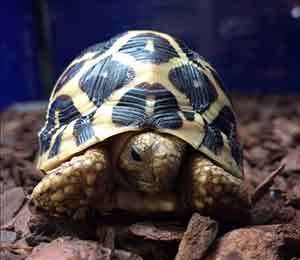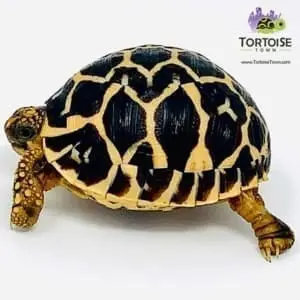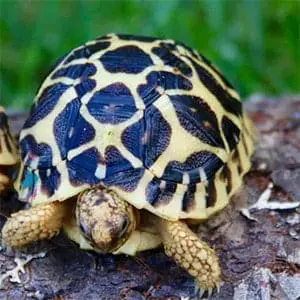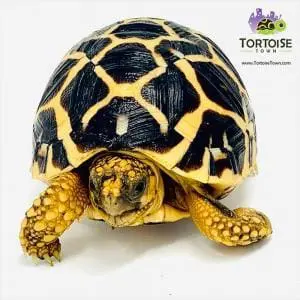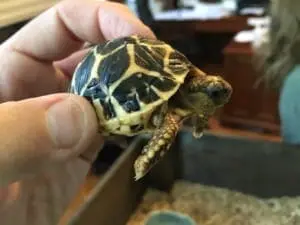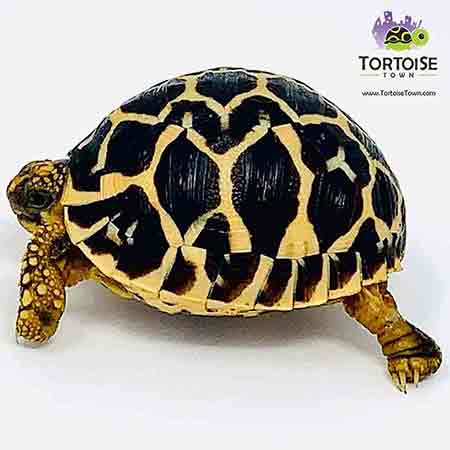Indian Star Tortoise Habitat
Indian Star tortoises should not be able to see out through any glass in front of them. If they can see out, it makes them want to get out, which can be stressful. They cannot see glass, and may be injured by trying to climb through it. If needed, a visual barrier can be painted on the outside of any glass with non-toxic (eg. water-based acrylic) paint. This barrier should be taller than the length of the tortoise’s shell. All-glass enclosures are difficult to heat and light correctly for a tortoise, and would still need to be modified to add visual barriers. They should not be used for tortoises.
https://youtu.be/hOzVQb5Tgp8
Indian Star tortoise enclosure size
An enclosure of 3 feet long and 15 inches wide can serve one or two tortoises for their first 2 to 3 years. Alternatively, an enclosure 4 feet long and 2 feet wide can serve them for their first 4 to 5 years. A few feet larger will be perfect once fully mature as their adult enclosure for the remainder of their lives. The height is irrelevant as long as it can be heated and lit correctly, but it is normally best to use a terrestrial vivarium. Use something that is about 18 inches high.
Remember, tortoises can escape if they are able to climb out. Escaped tortoises can live for several weeks hiding in a dormant state in a house but normally can be found before they come to harm. If they find their way outdoors, they may never be found and will die in winter conditions.
Indian Star tortoise Care Guide
For more information on star tortoise care, please check out some of our free star tortoise information below. Our biologist has provided quite a bit of care related information for all new tortoise owners education.
- Star tortoise humidity
- Indian Star tortoise diet
- Star tortoise UVB Lighting
- Indian Star tortoise temperature
- Indian Star tortoise size
- Star tortoise habitat
- Indian Star tortoise substrate
- Star tortoise water
- Indian Star tortoise care
- Burmese Star tortoise care
- Star tortoise for sale
- Burmese Star tortoise
- Sri Lankan Star Tortoise
- Indian Star tortoise

